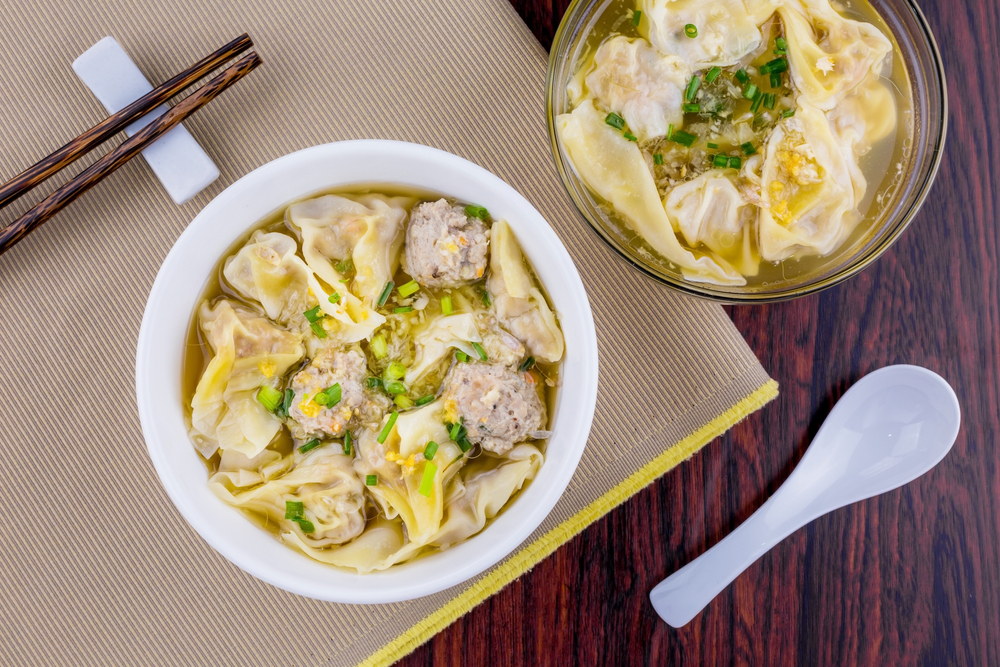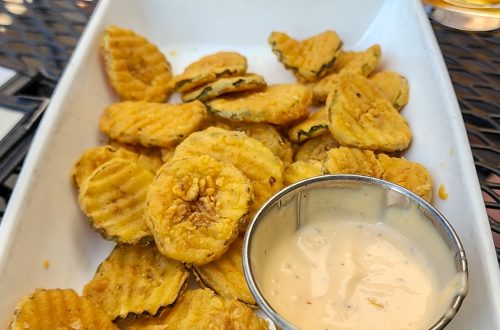
A World of Dumplings
When I ask you about dumplings, what comes to mind? Your answer likely varies, depending on your ancestral food culture. These tasty morsels of cooked dough (made from a host of starchy – usually flour – sources) are often wrapped around a filling.
My version from my midwest farmland youth is a relatively simple dough made with flour, baking powder, and salt blended with butter or shortening, then with enough milk to create a soft dough. Maybe flavored with thyme, chives or other herbs, the dough was then formed into large spoonfuls and dropped into either a ham soup or a chicken soup, simmered and steamed until the dumplings were fluffy. The 1959 Farm Journal Cookbook lists a recipe for a fresh pork pot roast with dumplings.
Dumplings in some form can be found all around the world in some form – the food of the masses. They were meant to add heft to the caloric content of meals, a hearty dish designed to “stick to your ribs.”
Many of us are familiar with Chinese dumplings – wontons and jiaozi: minced meat and finely chopped vegetables wrapped in dough and steamed, fried, or boiled. China recorded the first appearance of such dumplings some 1,000 years ago. India has a wide variety, often stuffed with vegetables and fruit or lentils; there are also some sweet varieties. But you’ll also find them in West Africa where they’re steamed balls of fermented cornmeal dough. Ethiopia has dumplings of roasted barley flour, and South Africa has steamed sweet dumplings of plain flour sometimes filled with dried fruits.
More familiar are Latin American empanadas. Still, you’ll also find spice-flavored dumplings in Barbados stews and Brazilian dumplings filled with ground meats, mixed vegetables, and cheese or even sweets. Jamaica has a host of different dumplings often served with a variety of dishes. In Puerto Rico, dumplings are made with grated tubers mixed with four, water, and milk or coconut milk and typically served with soup.
In Europe, we of course have Italian ravioli and tortellini, but people in the U.S. are also familiar with Polish pierogis, just one of a number of different dumpling types found in Central Europe. Hungarian and Romanian dumplings usually contain plums or cottage cheese. And how about this for a fun fact: The Weimar area in Germany is home to the only potato dumpling museum in the world. Scandinavian dumplings are usually made with potatoes, sometimes filled with meats, but also with syrup or jam. Leftovers are fried in butter and served with granulated sugar.
As for me, I’ll stick with the stick-to-your-ribs version. But this blog has inspired me to think about what else I might add as a filling to spice up my next pot of soup.




